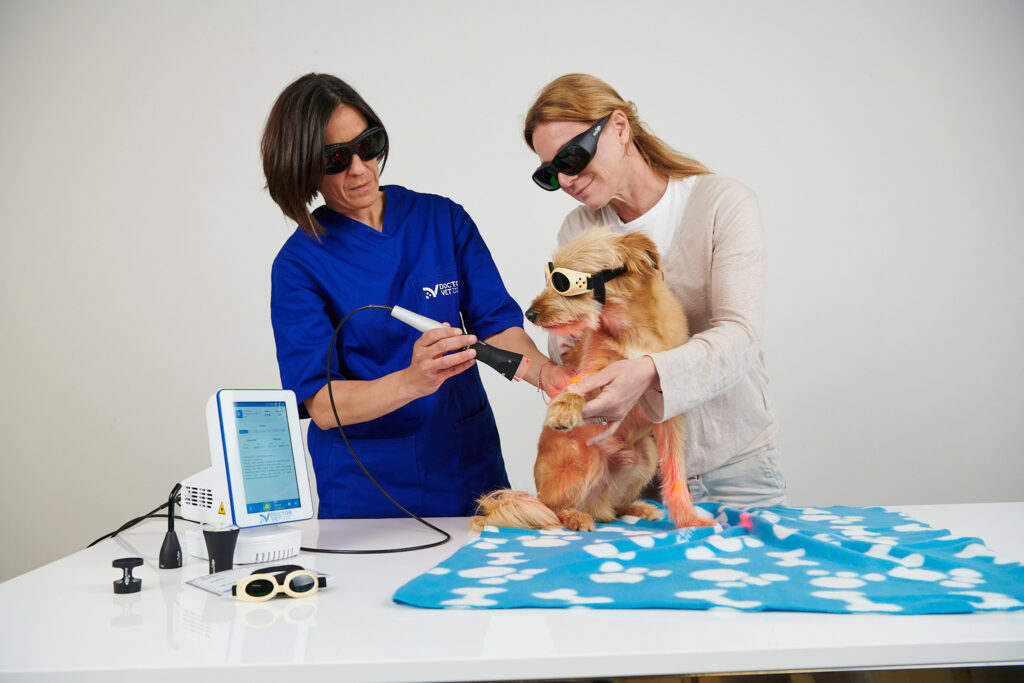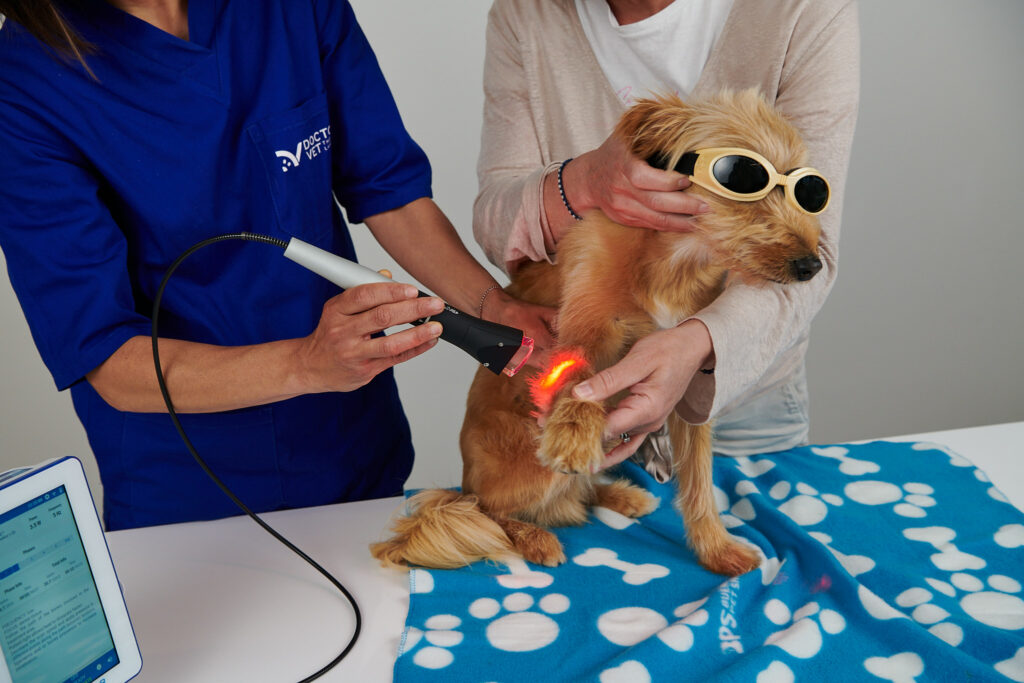Atopic dermatitis is one of the most prevalent chronic skin diseases in dogs1. Atopic dermatitis is a multi-factorial disease that involves several genetic factors (it is a polygenic syndrome), environmental factors, an excessive initial Th2 response, skin barrier integrity failures, high levels of IgE and reduced production of antimicrobial peptids (AMPs)2.
The histology comprises an infiltration of inflammatory cells, which include lymphocytes, eosinophils and mast cells3.
This disease is compared with the version found in humans for study and a better understanding of atopic dermatitis, with significant similarities having been found. Both in humans and in dogs, the inflammatory response is a type Th2 response with the corresponding release of cytokines (IL-4, IL-5, IL-13 and IL-31, related to the pathogeny of atopic dermatitis). This results in the allergenic-specific IgE formation3, 4.
One of the most characteristic symptoms is itching in the patient and lesions in different places, including the face and ears, inguinal zone, armpits and extremities. The location of these lesions may vary depending on the breed in question5. The lesions may include redness, inflammation, scarring, lesions from the itching, dryness and hair loss.
Secondary infections may also arise, as is the case in humans, and include Staphylococcus spp4, among others (such as Malassezia).

Treatments includes topic and systemic therapy (including various interleukin receptor antagonists), as well as treatment of the possible secondary infections and specific diets.
Laser therapy can help as an adjuvant therapy to the recommended treatment for atopic dermatitis aimed at rebuilding the skin barrier6-8, helping to regulate the immune system response9-11 and combating possible secondary infections12-14. Studies in humans exist to demonstrate the benefits of laser therapy, reducing itching in 71% of patients and improving the skin lesions in 62% of cases15. Considering the similarities that arise between atopic dermatitis in dogs and humans4, we can extrapolate that laser therapy could be useful in treating canine atopic dermatitis.
Seeing is believing!
Book a demo now to learn how DoctorVet works!

DoctorVet presents various protocols for helping this pathology. It being a dermatological problem, we recommend using the sweeper treatment head with the scanning application technique in non-contact mode. The protocols for this pathology would be those of inflammation and, depending on the lesions presented by the patient, we would also recommend the subcutaneous, open wound or irritation protocols. These can be combined with the surface infection protocol in the case of secondary infections.
The treatment schedule will depend on the lesions and symptoms in the patient. An initial induction stage will be necessary, followed by visits to the clinic on alternate days or 2-3 times/week and then maintenance sessions once a month or once a fortnight depending on the individual response from the patient.

Via dell’Impresa, 1
36040 Brendola (VI)
VAT 02558810244
C.R. VI 240226
© Copyright 2016-2021 LAMBDA S.p.A. | Privacy Policy